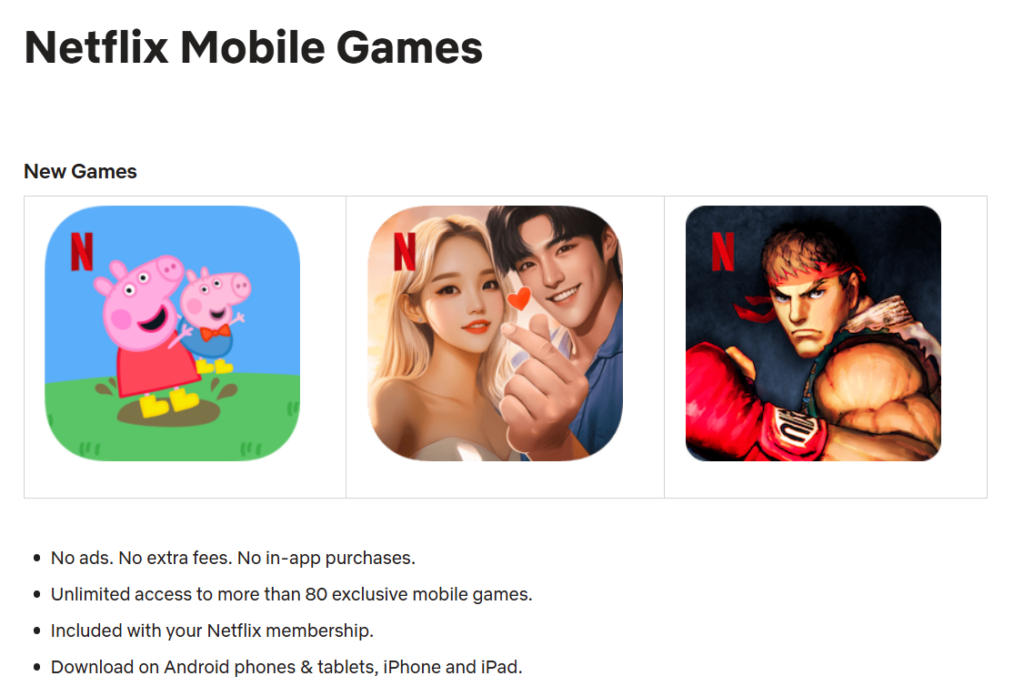
Why Vanishing of Netflix Bandersnatch is a Blunder for Innovation and Tech
Netflix Bandersnatch was one of the most talked-about titles among streaming service users. However, Netflix decided to remove 90 percent of interactive titles from its platform, and they deleted Bandersnatch on May 12, 2025.
It is not about a popular title but erasing an entire format.
For a brief period in entertainment history, Bandersnatch represented a revolutionary approach to streaming content that challenged the traditional norms of storytelling. With its choose-your-own-adventure narrative structure, Bandersnatch wasn’t just watched, it was played.
Netflix has made no formal announcement beyond a brief statement that the removal was due to “shifting strategic priorities.” But the absence of transparency has only fueled debate.
Why did a platform that once championed interactive storytelling decide to pull the plug on its most iconic experiment? And what does this disappearance tell us about tech-driven content, digital accessibility, and the evolving landscape of marketing?
Netflix Bandersnatch, a tech marvel, and now missing
Released in December 2018 as part of the Black Mirror anthology, Bandersnatch quickly became a cultural and technological phenomenon. It was Netflix’s first major interactive film, allowing viewers to make decisions for the protagonist, Stefan, which led to multiple story branches and five major endings.
The title won a Creative Arts Emmy in 2019 for Outstanding Television Movie and was lauded for pushing the boundaries of linear storytelling.
According to Netflix’s own reports from 2020, over 60 percent of Bandersnatch viewers engaged with multiple paths, demonstrating significant repeat interaction.
It was also a key driver in developing the platform’s interactive engine, which later powered other titles like Unbreakable Kimmy Schmidt: Kimmy vs. the Reverend and You vs. Wild.
In a feature by Decrypt, preservation activist Katie Schultz emphasized the severity of the removal.
“When they took Bandersnatch down, they didn’t just take a show offline. They took down the engine that powered it, too… Netflix has retired, not only a show, but they retired an entire chapter of digital media history.
However, by 2024, signs of neglect were already surfacing. Interactive content was increasingly hidden in search results, and Netflix had quietly shifted attention toward mobile gaming.
When the platform underwent a UI overhaul in early 2025, the interactive tab disappeared altogether. One month later, Bandersnatch was gone.
Netflix’s new direction: Interaction to immersion
Netflix’s pivot to gaming is no secret. In 2023, the company announced the expansion of its in-house game studio, with titles like Oxenfree II and Netflix Stories rolling out by early 2024.
As of Q1 2025, the company has over 90 games in development, with 40 already available to subscribers. According to its latest earnings call, Netflix reported a 25 percent year-over-year increase in time spent on gaming content compared to Q1 2024.

This shift reflects a broader trend. Instead of investing in experimental storytelling formats like interactive films, Netflix is betting on mobile and cloud-based games to boost engagement and retention.
The company claims the decision to remove Bandersnatch was based on the format being “technologically outdated” and “incompatible with the future UI architecture.”
But while the business rationale is understandable, it also underscores a troubling reality.
Innovation in streaming, especially in storytelling, is not necessarily sustainable unless it aligns with scalable monetization models.
Bandersnatch was a one-off innovation, not a repeatable content formula. In Netflix’s eyes, it had served its purpose.
The issue of accessibility and digital impermanence
What has truly unnerved fans and critics alike is not just that Bandersnatch is gone, but that it has vanished completely.
There is no non-interactive version, no archive, and no third-party availability. For a medium that once promised the limitless potential of digital distribution, this event is a stark reminder of how ephemeral digital art can be.
This raises important questions about accessibility. Should streaming platforms be responsible for preserving interactive content that can’t easily be ported or replicated?
In a world where physical media is no longer the norm, the disappearance of digital originals is not just unfortunate—it’s erasure.
Redditors are still raging and brainstorming over it. A petition on Change.org calling for the preservation of Bandersnatch has already gained over 85,000 signatures.
This isn’t the first time a platform has removed original digital content, but it is perhaps the most symbolic. Bandersnatch was a case study in what streaming could be. Losing it means losing a milestone in media evolution.
A huge hit to Netflix marketing and pitch
From a marketing perspective, Bandersnatch’s removal is a critical inflection point.
When it launched, the film was heralded not just as a product but as a campaign. Netflix used it to position itself at the intersection of tech and storytelling. It was featured in keynote addresses, won innovation awards, and sparked debates across marketing panels.
Yet, the sudden decision to delete it exposes the risks of anchoring brand identity to experimental formats.
Bandersnatch was used to communicate Netflix’s innovation DNA, but when the platform shifted gears, that legacy became inconvenient.
Brands that invest in tech-driven narratives must consider the long-term viability of their formats. Interactive campaigns, AI-generated experiences, or metaverse activations may dazzle in the moment but are prone to obsolescence.
The key takeaway here is permanence. Audiences remember stories that last, not just stories that surprise. The marketing world often champions disruption, but Bandersnatch is a reminder that disruption without preservation is just noise that fades. If your brand builds on a format that can vanish, your narrative might too.
The problem lies in Netflix Bandersnatch erasure and not in the tech
Netflix Bandersnatch wasn’t perfect. Critics questioned its replayability, and some found its interactivity gimmicky. But it mattered. It marked a moment when mainstream storytelling embraced player agency and tested what passive entertainment could become.
Now, that moment is inaccessible. And, that should concern not just Netflix subscribers, but anyone who works in digital media, tech-driven storytelling, or brand marketing.
As platforms continue to evolve, tech leaders, creators, marketers, and audiences must share the responsibility to preserve creative innovation.
Cut to the chase
Netflix has moved on from interactive titles after deleting Bandersnatch. But the ghost of Bandersnatch lingers, not as a nostalgic relic, but as a question: in our rush toward innovation, are we forgetting to keep a record of the path we’ve taken?


